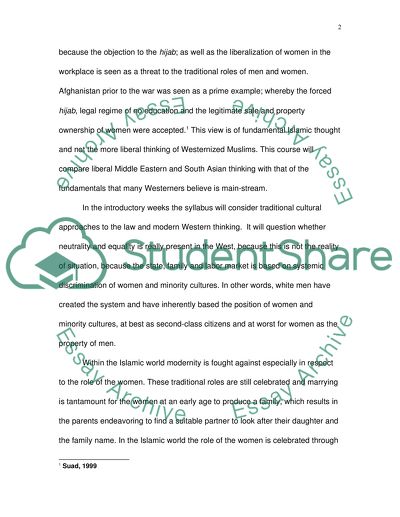Cite this document
(South Asian and Middle Eastern Communities in the United Kingdom and Research Proposal, n.d.)
South Asian and Middle Eastern Communities in the United Kingdom and Research Proposal. https://studentshare.org/culture/1517800-south-asian-and-middle-eastern-communities-in-the-uk-and-the-us-a-comparative-study
South Asian and Middle Eastern Communities in the United Kingdom and Research Proposal. https://studentshare.org/culture/1517800-south-asian-and-middle-eastern-communities-in-the-uk-and-the-us-a-comparative-study
(South Asian and Middle Eastern Communities in the United Kingdom and Research Proposal)
South Asian and Middle Eastern Communities in the United Kingdom and Research Proposal. https://studentshare.org/culture/1517800-south-asian-and-middle-eastern-communities-in-the-uk-and-the-us-a-comparative-study.
South Asian and Middle Eastern Communities in the United Kingdom and Research Proposal. https://studentshare.org/culture/1517800-south-asian-and-middle-eastern-communities-in-the-uk-and-the-us-a-comparative-study.
“South Asian and Middle Eastern Communities in the United Kingdom and Research Proposal”. https://studentshare.org/culture/1517800-south-asian-and-middle-eastern-communities-in-the-uk-and-the-us-a-comparative-study.


